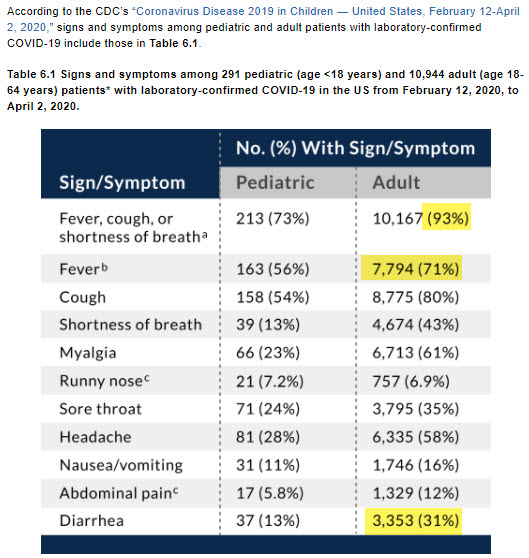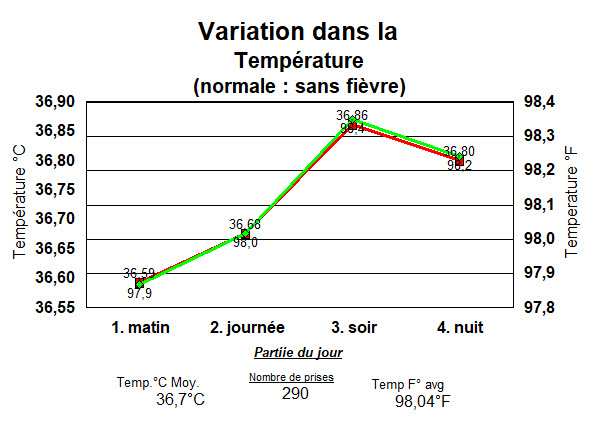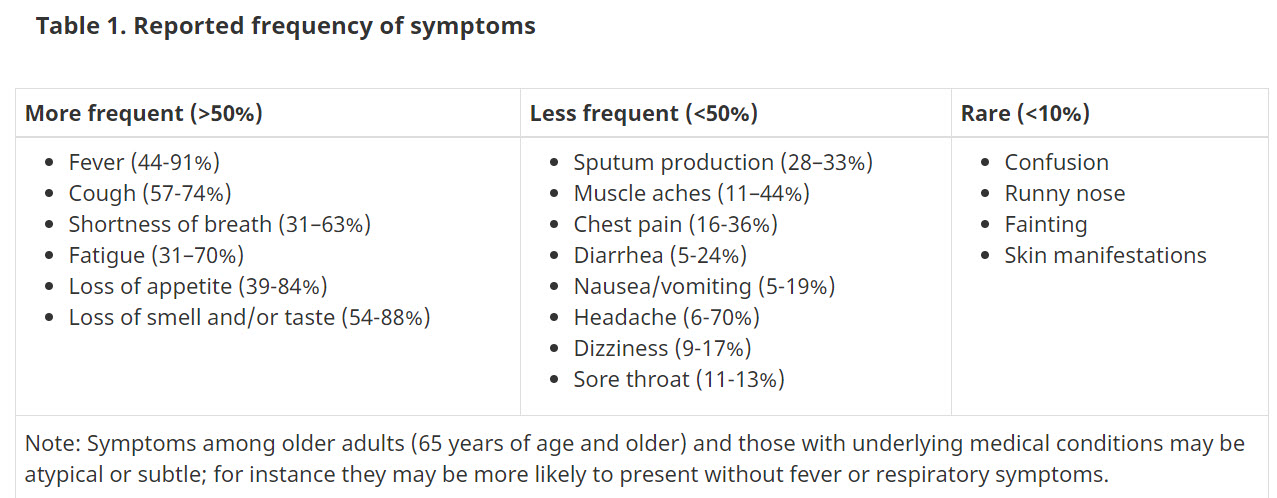Medical Factlets
Neurologic problems and COVID-19
Today, Mike shared an article from Financial Times on this subject.
Yesterday, in my presentation which was a Q & A session on "long-term" COVID-19,
part of that of course addressed neurologic findings.
I selected those parts or slides, and commented on them, which you can view here below.
The Financial Times article includes the two "camps" that I mentioned above, but
with a final word which is that no one has a solution yet, and we need to await more
research.
Here is a link to the entire presentation on this subject of "long-term" COVID-19.
It's a lot cleaner than the above, but lasts 53 minutes, so have a cup of coffee or tea handy!
So what about this variant?
Sometimes listening is easier than reading.
Here is an interview of an expert in infectious diseases and especially the coronaviruses, by an expert on the JAMA (Journal of American Medical Association) online network.
The topic discussed is sort of an "everything you ever (or never) wanted to know about coronaviruses." It is long (41 minutes) but explains well, and in a language that I think is mostly accessible to those who are not medical professionals.
It addresses as well, the topic of the "new variant" which transmits more readily from one person to the next.
You will have to decide about its utility for yourself.
<<<<< Home
Normal Temperature - who says?
- Take temp morning and evening but not more, unless really starting to feel feverish.
- Know that in the evening if you notice your temp has gone up, that may be quite normal.
- Recall that most people presenting with this illness do not have a fever. Using it as a guide to having this illness or not can therefore be flawed.
- The above graphic reminds that "normal" may not be "98.6°F" like we all learned.
Here is one list of symptom frequency when people get COVID-19:

Now "fever" has jumped up from 41% to 71%. And if one has fever, plus cough or shortness of breath, that's how 93% presented in the US says CDC. All of the above, tested positive.
Here is a list from Canada. But it also combines results reported from several countries:
Notice the wide spread for each symptom. Fever for example, from 44 to 91%.
Diarrhea 5 to 24%.
And the point is?
Lots of variability in the presenting symptoms.
Can you have NO symptoms and a postive test? Yes. You are either asymptomatic (no symptoms ever, but a carrier of the virus) or pre-symptomatic (and will get symptoms in a few days).
If you have no symptoms and a negative test: feel reassured.
If you have some of the above symptoms, common in several other illnesses besides COVID-19, and your test is negative, either you don't have it, or you do and as in 37% of tests, it's a false negative.
Not an instantly clear situation.


